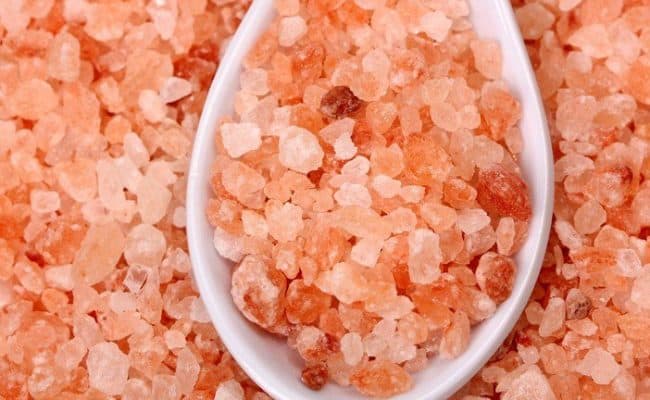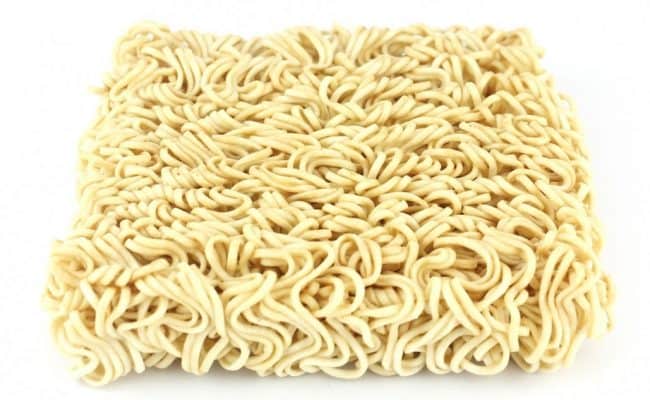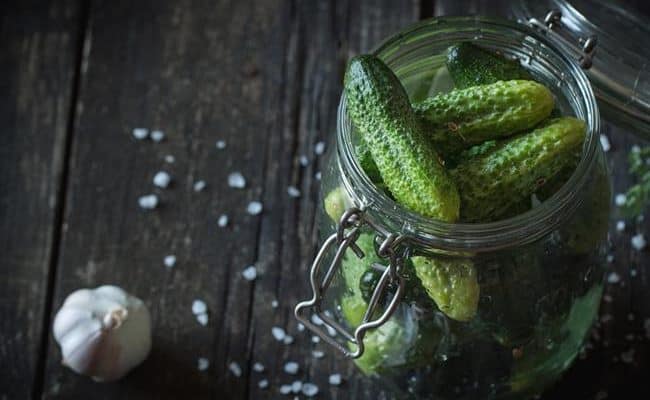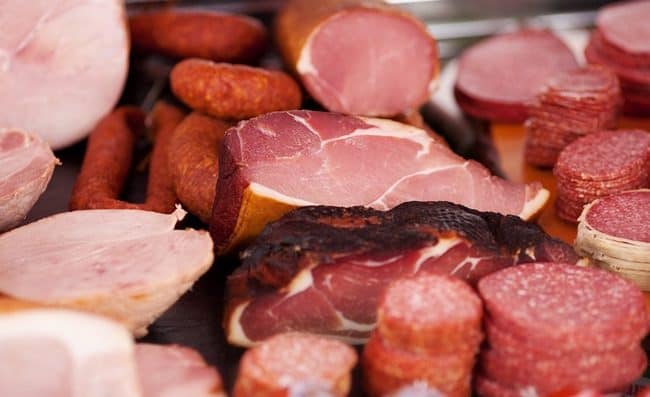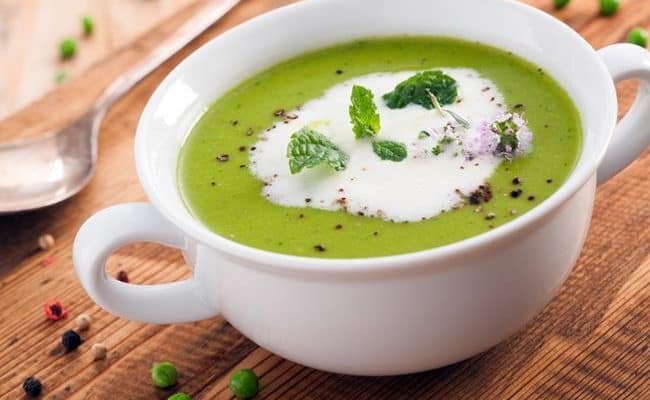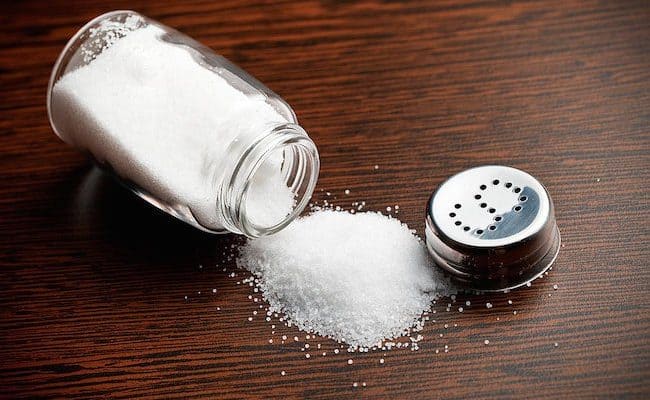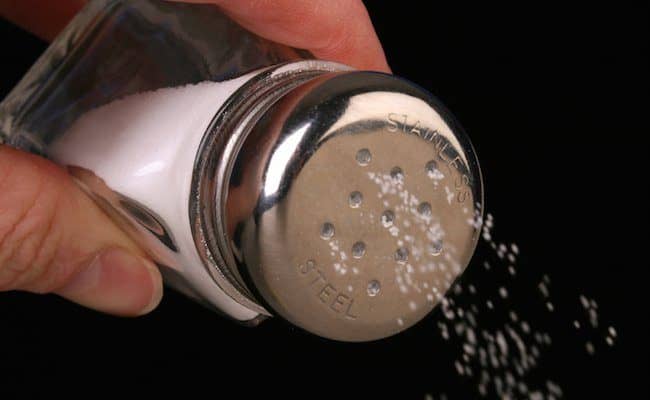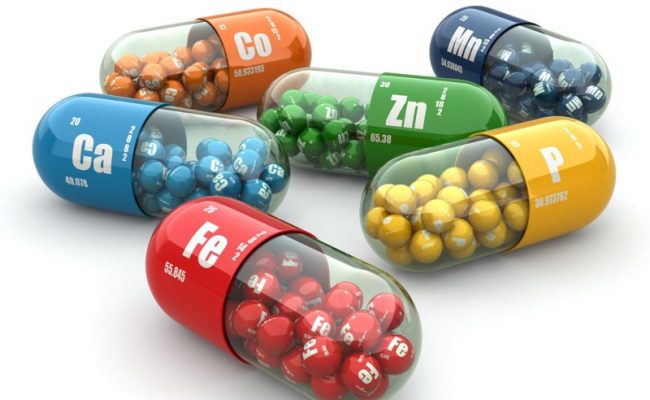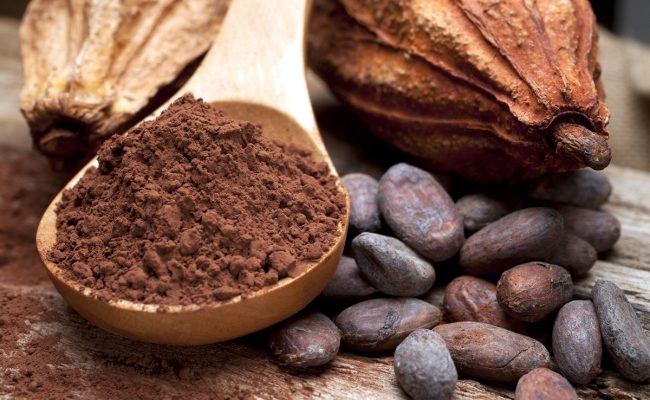
Many people have a hard time reaching the recommended daily intake for certain nutrients. However, sodium is one nutrient many people get too much of according to the CDC.
Close to 90% of American adults and children get too much sodium. A concern with getting too much sodium is it may increase risk for high blood pressure or cardiovascular disease.
However, some argue (1) that cutting back too low on sodium may be harmful for health.
So, is salt really that bad for you?
Sodium intake from the diet is mostly from salt. Salt is composed of about 40% sodium. Lowering foods with added salt can help cut down sodium in the diet.
Even if you don’t have high blood pressure, still cutting down sodium to the recommended daily intake may be beneficial.
However, cutting sodium intake drastically under daily recommendation level also isn’t recommended.
See also: How much salt per day?
How much salt is recommended?
Sodium, which is one half of salt, has a recommended daily intake of less than 2,300 mg per day. This is roughly the equivalent of 1 teaspoon of salt per day.
Does this mean you should avoid sprinkling salt on your food?
Not necessarily. More than 70% of sodium in the diet is from processed food not added salt from the salt shaker.
The recommendation for daily sodium intake is 2,300 mg per day or less. On average, most American adults get about 1,000 mg over this amount, closer to 3,400 mg per day.
Why are so many Americans getting too much sodium?
The problem is a typical Western diet is mainly composed of processed, packaged foods which are high in salt and can be low in other nutrients.
Therefore, most people end up getting too much sodium and not enough of other nutrients found in vegetables, whole grains, legumes, vegetables, nuts and seeds.
What foods provide the most salt?
According to WebMD (2), the CDC provides information which foods provide the most salt in our diet.
One of the top contributors of salt in the diet is from grain based foods which can include bread, baked goods, commercially made pizzas, pastas, frozen meals or canned soups that are grain based.
Grain based foods provide about 37% of daily sodium intake. Following grain based foods, meats provide about 28% of salt to the diet.
The next major contributor for salt in the diet is vegetables at about 12% daily sodium intake.
This may be surprising, but keep in mind the vast majority of salt that comes from the vegetable group is from potato chips or French fries.
Canned vegetables, canned vegetable based soups and vegetable based sauces can also be a source of sodium because they have added salt as a preservative and flavoring.
Fresh vegetables or vegetables that are cooked without added ingredients are naturally very low in sodium.
Salt and blood pressure
Excess sodium in the diet is most often associated with an increased risk of high blood pressure. One of sodium’s functions in the body is to balance fluids.
Sodium pulls fluid in extracellular space which means excess sodium can pull extra water volume in the blood vessels. This can cause blood pressure to increase.
A 2015 review (3) of 14 studies concluded each 1 gram reduction of salt in the diet was associated with a reduction in systolic blood pressure.
Researchers concluded salt reduction lowers blood pressure with the strongest effect in hypertensive study participants.
The effect sodium has on blood pressure can affect people differently. Not everyone has an increase of blood pressure from a higher intake of sodium.
Those who are affected by sodium’s affect on blood pressure are considered salt sensitive and may benefit from keeping their sodium intake under the guideline for daily sodium intake.
Salt and cardiovascular disease risk
Besides increasing risk for high blood pressure, excess salt intake can also be associated with increasing risk for cardiovascular disease.
However, research does not consistently suggest lowering salt intake to be associated with lowered risk for cardiovascular disease.
A 2011 review (4) that compared reducing salt intake with lowering risk for cardiovascular disease.
Researchers concluded from analysis of seven studies there is insufficient evidence that lowering salt can lower risk for cardiovascular disease.
Some evidence suggested low intake of sodium in participants with heart failure was associated with an increased risk for mortality.
More research is needed on salt intake and cardiovascular disease risk, but these results suggest salt intake may not significantly play a role in cardiovascular disease.
High blood pressure increases risk for cardiovascular disease, but being salt sensitive can vary in people.
Salt intake and stomach cancer risk
A 2011 study (5) concluded salt intake was associated as a risk factor for stomach cancer risk.
A 2012 review (6) concluded salt intake was associated with stomach cancer risk.
More research is needed for how salt intake affects stomach cancer risk, as these are associations. There could be something else in salty foods that affects stomach cancer risk.
Dangers of not getting enough sodium
Too low levels of sodium in the body, called hyponatremia, is considered rare is more often associated with an excess water intake and excess sodium loss instead of from a diet too low in sodium.
However, consuming a low sodium diet may have some potential negative risks.
A 2003 review (7) concluded people with normal blood pressure level probably don’t need to consume a low sodium diet.
If your blood pressure is high, lowering salt intake can help bring blood pressure down. People with Asian or African American decent may benefit more from a low sodium diet with lowering blood pressure.
Other studies have found a low sodium diet may increase risk for high blood cholesterol, triglycerides and may affect insulin resistance.
Conclusion
The bottom line with salt intake is if you have high blood pressure, lowering salt intake can be beneficial.
Avoiding high salt intake can also lower risk for stomach cancer.
However, cutting sodium intake too low may also increase risk for other negative effects.
If you have normal blood pressure, you probably don’t need to cut your sodium drastically below the recommended guideline.
